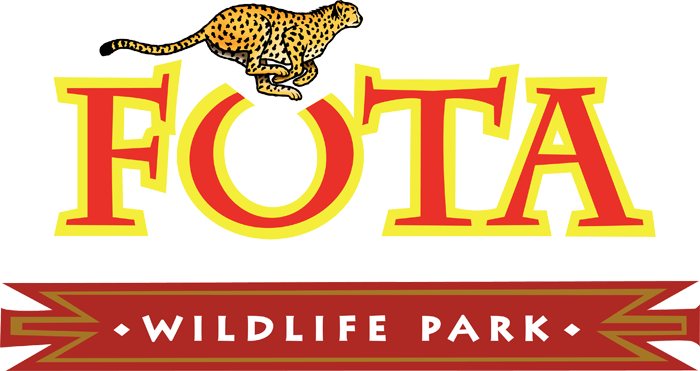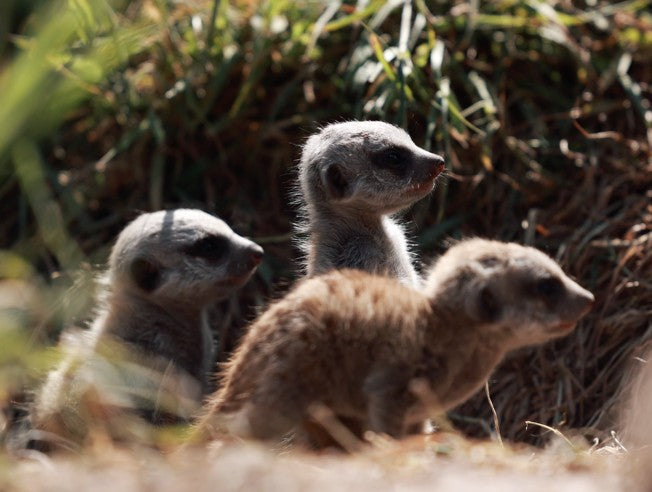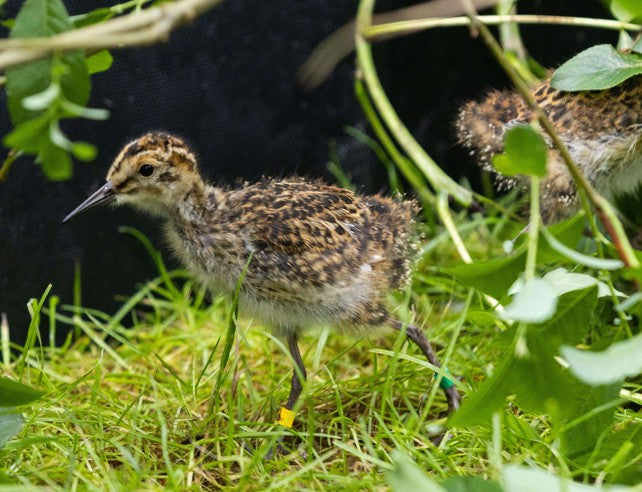Breeding Waders EIP Launched Ireland’s First-Ever Dunlin Headstarting Programme
The Breeding Waders EIP, in conjunction with its project partner, Fota Wildlife Park, has launched Ireland’s first-ever pilot headstarting programme for Dunlin (Calidris alpina).
The Irish breeding Dunlin population has declined by over 90% in recent years, with just under thirty pairs now breeding in Ireland. This is due to the degradation of their breeding habitats which include wet pools in both uplands and coastal sites, and increased risk from predation.
Dunlin are a small wader with intermediate bill length, they develop striking breeding plumage showing a black belly patch, and a mosaic of grey, brown, reds and white. Like many other ground-nesting wader species they rely on camouflage for protection while incubating and rearing their young.
Headstarting is a conservation technique that involves collecting eggs from wild nests and transporting them to a controlled environment for incubation and rearing. In this case, the eggs are brought to Fota Wildlife Park, where they are looked after by an expertly trained animal care team in purpose-built, bio secure facilities. Once the chicks have hatched and reach twelve days old, the Breeding Waders EIP will transport them to specially designed release facilities where they are cared for until they are ready for release back into the wild. Headstarting significantly improves the chances of egg and chick survival. The pilot programme aims to collect two clutches—eight eggs in total.
This innovative initiative marks a significant milestone in efforts to protect and restore populations of this small wader species.
Minister for Agriculture, Food and the Marine, Martin Heydon TD, said:
“European Innovation Partnership provide an important and effective mechanism for collaboration and co-operation in addressing environmental challenges and I am pleased to note that the Breeding Waders EIP project, in collaboration with farmers, continues to deploy innovative techniques such as headstarting in its goal to secure and increase the populations of breeding wader birds in Ireland.”
Minister of State for Nature, Heritage and Biodiversity Christopher O’Sullivan TD said:
“Seeing the Irish breeding Dunlin population decline by over 90% is a stark reminder of what’s at stake. This pioneering headstarting programme is a landmark for Irish conservation, showing what’s possible when organisations, landowners, and communities unite for a common cause.
Over the lifetime of this project NPWS will invest over €17.5 million in this project to support a range of new approaches to give these beautiful birds their best chance to survive and thrive in our landscapes once more.”
Sweden was the first country to implement a Dunlin headstarting programme, and Ireland is now the second, launching this pilot in 2025.
Nordens Ark in Sweden, in collaboration with BirdLife International, have been headstarting Dunlin since 2023. Breeding Waders EIP has held several meetings with both organisations to learn from their experience. The knowledge shared has been invaluable in preparing both Breeding Waders EIP and Fota Wildlife Park for this pilot initiative.
Senior Project Manager, Owen Murphy, from the Breeding Waders EIP said:
“This is exciting and groundbreaking for Dunlin conservation, it has never been done or attempted in Ireland before. I would like to thank Nordens Ark who have been very open with sharing the knowledge they have gained from their work on Dunlin headstarting.”
This pilot exemplifies collaborative conservation in action. Landowners have generously granted access to nesting sites, which in this case are managed by the LIFE on Machair project. The nesting site was carefully surveyed by LIFE on Machair and Breeding Waders EIP staff, once a nest was located the eggs were then collected and transported by the Breeding Waders EIP, to Fota Wildlife Park for incubation.
This headstarting initiative is part of a broader conservation strategy that includes habitat restoration, predation risk management, community engagement, and education.



